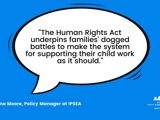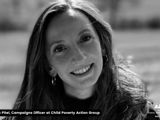Article 2 issues may arise when the life of child or young person in a mental health setting is known to be at immediate risk such as if they are at risk of taking their life.
Alexander Tekle died by suicide a few months after turning 18. He arrived in the UK from Eritrea to seek asylum but the local council disputed his age and placed him in inappropriate adult accommodation. Because Alexander was looked after by the council, an Article 2 inquest was carried out into his death. It was found that his immigration status was a “constant concern” for him and his mental health caused him real risk which the council failed to recognise. Social workers involved in his case were found to be extremely overworked so unable to provide the focused attention and support he needed.



